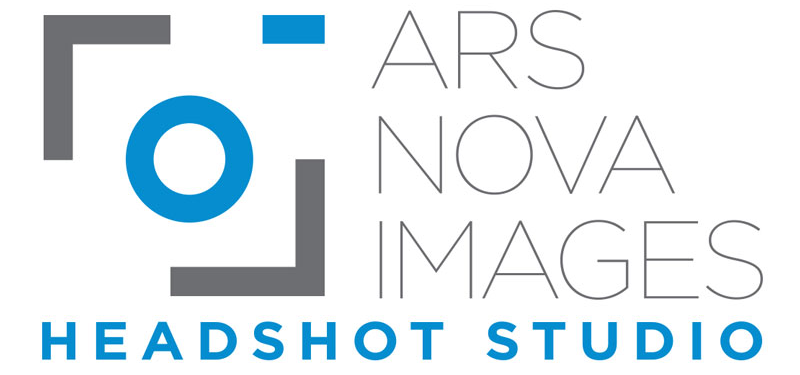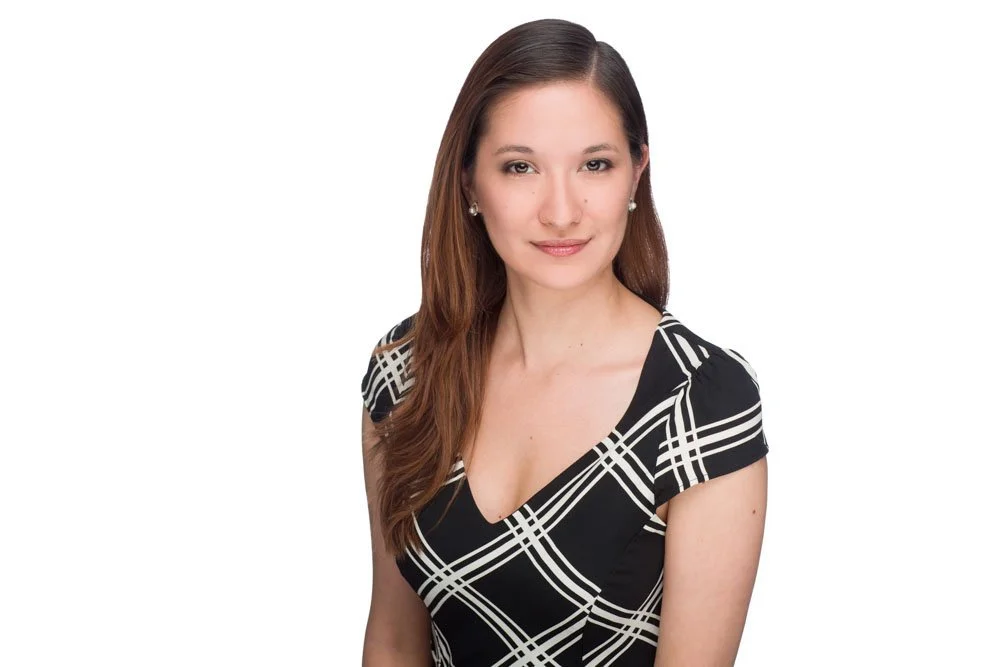Commercial vs. Theatrical Headshots: What’s the Difference and Why It Matters?
Think all headshots are the same? Not quite. If you're stepping into acting or updating your portfolio, knowing the difference between commercial and theatrical headshots can save you time, money, and missed opportunities. Whether you’re meeting casting directors or uploading photos to your agent’s portal, getting this right matters more than most people think.
Let’s clear things up and walk through what sets these two apart, why casting directors care, and how having the right one at the right time can make all the difference.
What Are Commercial Headshots?
Commercial headshots are all about marketability. These shots present actors as relatable, likable, and approachable - think smiling faces, friendly expressions, and everyday looks that feel warm and trustworthy.
Features of Commercial Headshots
Expression: Bright, friendly, and welcoming. Think of a genuine smile that exudes warmth.
Styling: Clothing is clean, casual-professional, and brand-neutral. Solid colors often work best.
Lighting: High-key lighting that minimizes shadows and creates a polished, commercial-friendly look.
Backdrop: Typically white, light gray, or soft-colored studio backgrounds to keep the focus on your expression.
Your Guide to Headshot Backgrounds in 2025
How to Prepare for a Commercial Headshot Session?
Prioritize Approachability and Clarity
Hire a professional headshot photographer who specializes in commercial work and understands lighting for upbeat, polished images.
Bring wardrobe options in bright solids (blue, green, coral) without logos or patterns.
Practice smiling naturally - the goal is confident but not forced.
Keep hair and makeup clean and minimal, aiming for a fresh-faced look.
Remember: Energy and likability sell in the commercial world.
These headshots are meant to appeal to advertising executives looking for real people to represent their brands - people who could easily be your neighbor, coworker, or best friend. It’s less about intense emotion and more about instant charm.
Related Articles:
Should You Use AI-Generated Headshots? Pros and Cons
Best Ways to Showcase Your Headshot in a Portfolio
Where Can I Get a Professional Headshot in Washington, DC?
What Are Theatrical Headshots?
Theatrical headshots aim to capture depth. They’re designed for film, television dramas, and stage productions where a character’s emotional complexity needs to come through the lens. Instead of smiling broadly, the focus shifts to serious, grounded expressions and dramatic presence.
Features of Theatrical Headshots
Expression: More serious, nuanced, and neutral. You’re not smiling for a brand - you’re showing character potential.
Styling: Darker, layered clothing that suggests character type. Think subtle textures, neutral or earth tones.
Lighting: More contrast and shadow to create dimension and mood. Mid-key or low-key lighting is common.
Backdrop: Often darker or textured backgrounds that add to the dramatic effect.
How to Prepare for a Theatrical Headshot Session?
Emphasize Character and Mood
Choose a photographer experienced in theatrical headshots who can coach expressions and use moodier lighting setups.
Bring layers and dark clothing that hint at archetypes (lawyer, detective, artist).
Practice expressions that communicate emotion without overacting - let the eyes tell the story.
Hair and makeup should reflect how you’d appear in a scene, not on a red carpet.
Your theatrical headshot should feel like a still from a compelling scene, not just a portrait.
Theatrical headshots let casting directors see the actor’s emotional bandwidth. Can this person play a troubled detective? A conflicted mother? A powerful CEO? That’s the level of storytelling these shots strive to capture.
Note: It’s not about looking sad or brooding. It’s about looking presentable. Eyes should pull the viewer in. Your expression can be soft, serious, or somewhere in between - but it should always feel real.
Book Your Acting Headshot Session with Ars Nova Images!
Why Choosing the Right Headshot Type Matters?
Getting cast isn’t just about talent - it’s about fit. Casting directors often sort through hundreds of headshots, and the fastest way to lose an opportunity is by sending the wrong type of photo for the job.
Auditioning for a commercial? A smiling, friendly headshot makes you look marketable.
Going for a dramatic role? A serious, emotionally rich headshot positions you as believable and capable of depth.
Your headshot should match the tone of the project you’re submitting for. If it doesn’t, you risk getting skipped over - even if your skills are spot-on.
Tip: If you’re unsure where to start or how to get the perfect headshots, Ars Nova Images makes it simple. Joe LeBlanc, founder of Ars Nova Images, knows exactly how to get both commercial and theatrical styles just right. From wardrobe tips to helping you hit the right expression, Joe is there every step of the way.
Actors at all levels trust us to bring out their best. Because Joe focuses on professional headshots, he makes sure you get both sides of your acting range: the approachable commercial you and the grounded theatrical you.
Theatrical vs. Commercial Headshots
| Feature | Commercial Headshot | Theatrical Headshot |
|---|---|---|
| Expression | Bright, smiling, friendly | Serious, introspective, intense |
| Purpose | Brand and product promotion | Storytelling and character casting |
| Lighting | Bright, even, high-key | Contrasty, moody, mid- or low-key |
| Backdrop | White, soft gray, or light studio colors | Dark, textured, or character-driven |
| Wardrobe | Clean, brand-neutral, bright colors | Layered, textured, neutral tones |
| Target Roles | Commercials, promos, lifestyle | Film, TV, theater, drama |
Should You Have Both Types of Headshots?
Yes - Because You Need to Fit the Role
Actors who audition for both commercial and theatrical work should absolutely maintain two distinct headshots. Industry professionals often expect to see both in your submission package or portfolio. Having a clear visual distinction for each category shows professionalism and versatility.
Many photographers now offer headshot packages that include multiple looks, allowing you to leave a session with both theatrical and commercial options in hand.
Every casting begins with a photo. When yours lands in a stack of hundreds, make sure it speaks clearly. Whether it’s a commercial headshot radiating charm or a theatrical one filled with quiet intensity, each type plays a crucial role in opening doors.
Having both styles at your fingertips isn't extra - it’s essential.



